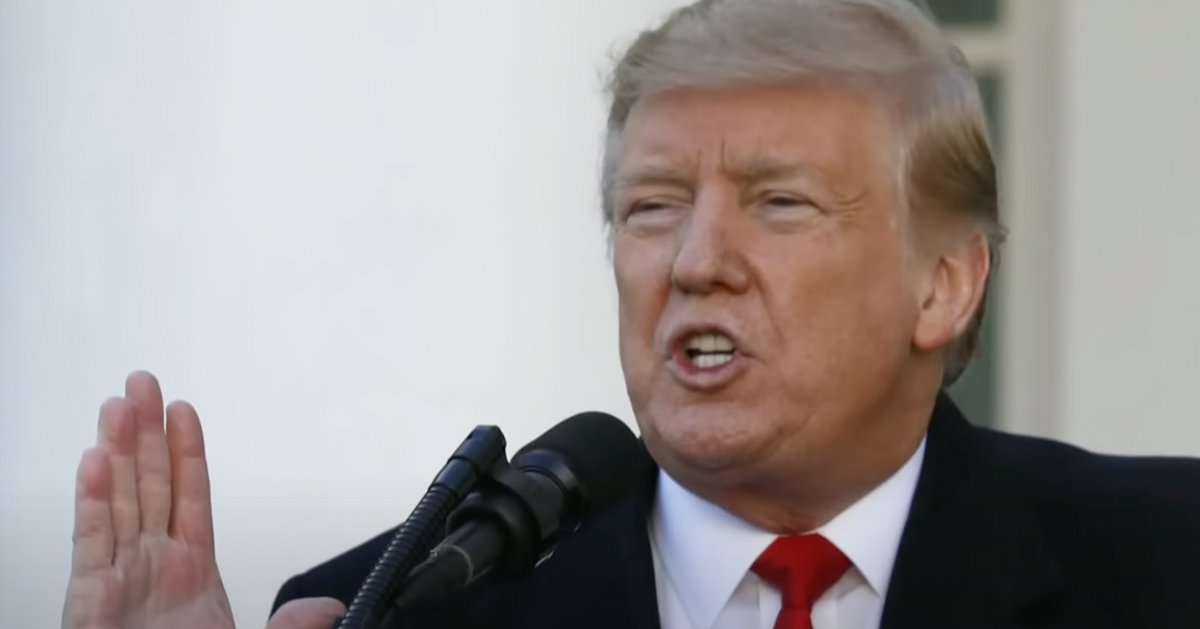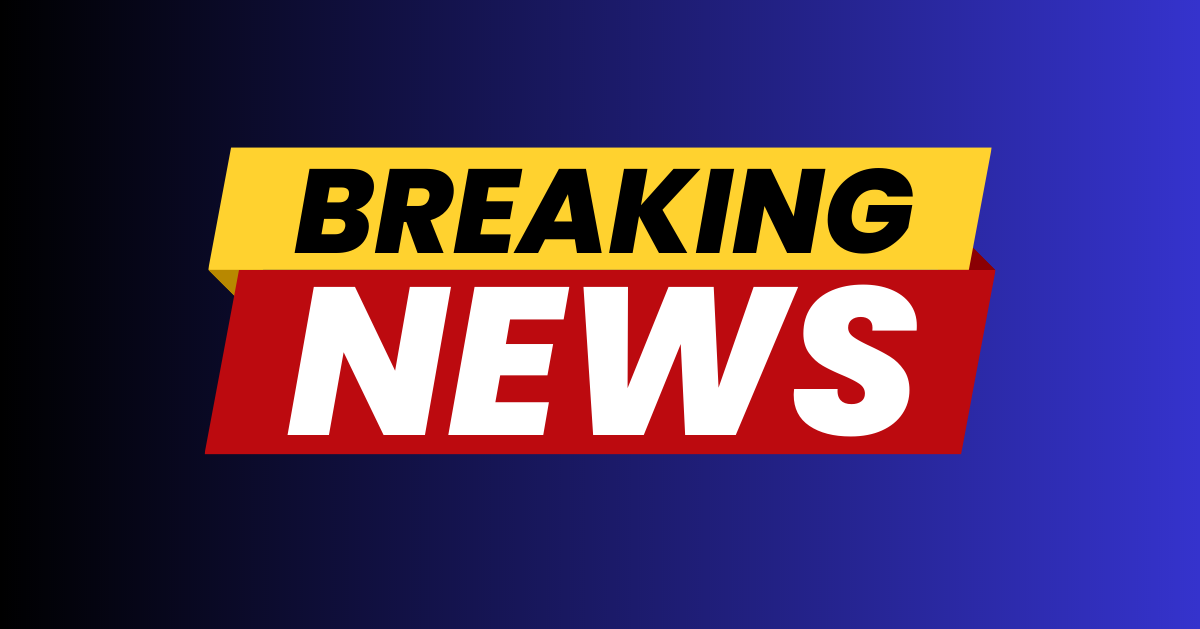White House opens briefing room to new media outlets, receives enthusiastic response
The White House has taken a groundbreaking step by opening the doors of its briefing room to a diverse array of new media voices, inviting participation from independent journalists, podcasters, and influencers, signifying a shift from the conventional media setup, aiming to diversify the perspectives present at these influential briefings.
The creation of a new media seat in the briefing room -- and the massive response received -- reflects the White House's commitment to inclusivity and acknowledgment of the changing media landscape, as Breitbart reports.
In recent weeks, press secretary Karoline Leavitt announced the earmarking of a new media seat in the White House briefing room. Historically reserved for staff, this seat will now be filled by representatives from media backgrounds not traditionally present in these interactions. The aim is to expand the range of voices bringing questions and discussions to the forefront.
Thousands Eager for New Media Role
The response to the White House's decision has been overwhelming, with more than 10,000 individuals submitting their intent to participate.
This substantial volume of applications underscores the enthusiasm and eagerness within the community of independent journalists and content creators to engage directly with federal policies and decisions.
Leavitt underscored the administration's preference for this inclusivity. He stated that independent journalists, podcasters, influencers, and other content creators are encouraged to apply for credentials to cover White House events.
By doing so, the administration aims to reach a broader audience, reflecting where many Americans, especially younger demographics, currently obtain their news.
Pioneers in New Media Seat
The inaugural briefing for this new initiative saw notable figures from both established and emerging media brands filling the new media seat. Matthew Boyle, the Washington Bureau Chief for Breitbart News, and Mike Allen, co-founder of Axios, were the first to occupy this new role during the initial session.
The White House demonstrated its commitment to the initiative by offering these individuals the chance to pose the first questions at the briefing.
Traditionally, this opportunity has been reserved for the Associated Press, indicating a shift in protocol and the elevation of new media voices to positions of significant interaction.
John Ashbrook, representing the Ruthless podcast, was another media figure selected to fill the new seat. His participation at a Friday briefing further emphasized the influential role this position has begun to assume under the current administration.
Acknowledging Evolving Media Landscape
Leavitt emphasized that the White House aims to honor the First Amendment through these openings. He conveyed that a priority of the White House is to respect the foundational principles of press freedom and inclusivity.
The changing dynamics in media consumption are a driving force behind this new seat's creation. Leavitt noted that, increasingly, people turn to varied platforms for news, an observation that has particularly influenced younger audiences and the current presidential administration's strategies.
As the youngest press secretary in history and appointed by Trump, Leavitt expressed pride in this transformation. By inviting a variety of media figures, the administration plans to expand the reach of the President's message, ensuring it resonates with as many Americans as possible.
Expanding New Opportunities
The substantial response to the open call for submissions is already pressuring the White House's space constraints. Leavitt mentioned the possibility of needing to expand the briefing room to accommodate the growing interest in participation.
As the landscape of media continues to evolve, this initiative by the White House is a reflection of adaptation and progressive thinking.
By embedding diverse perspectives within the corridors of political discourse, it acknowledges the multifaceted ways in which people across the nation are communicating and receiving information today.
The future briefings promise a dynamic interaction between traditional and new media, enhancing the democratic process.




